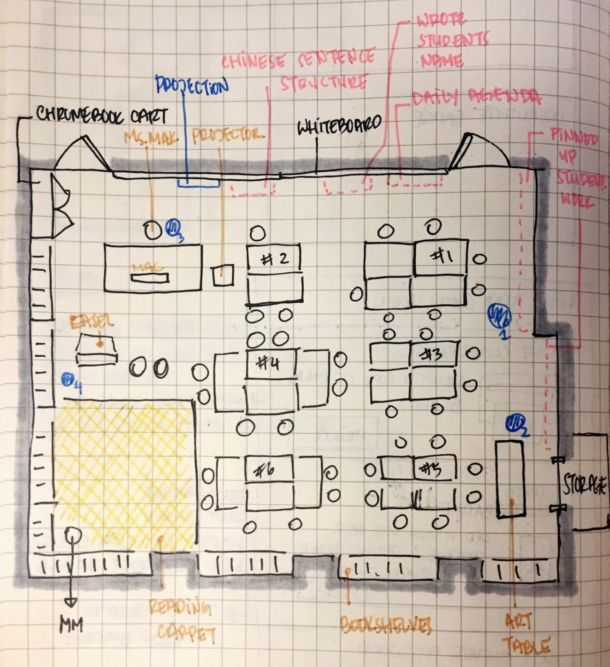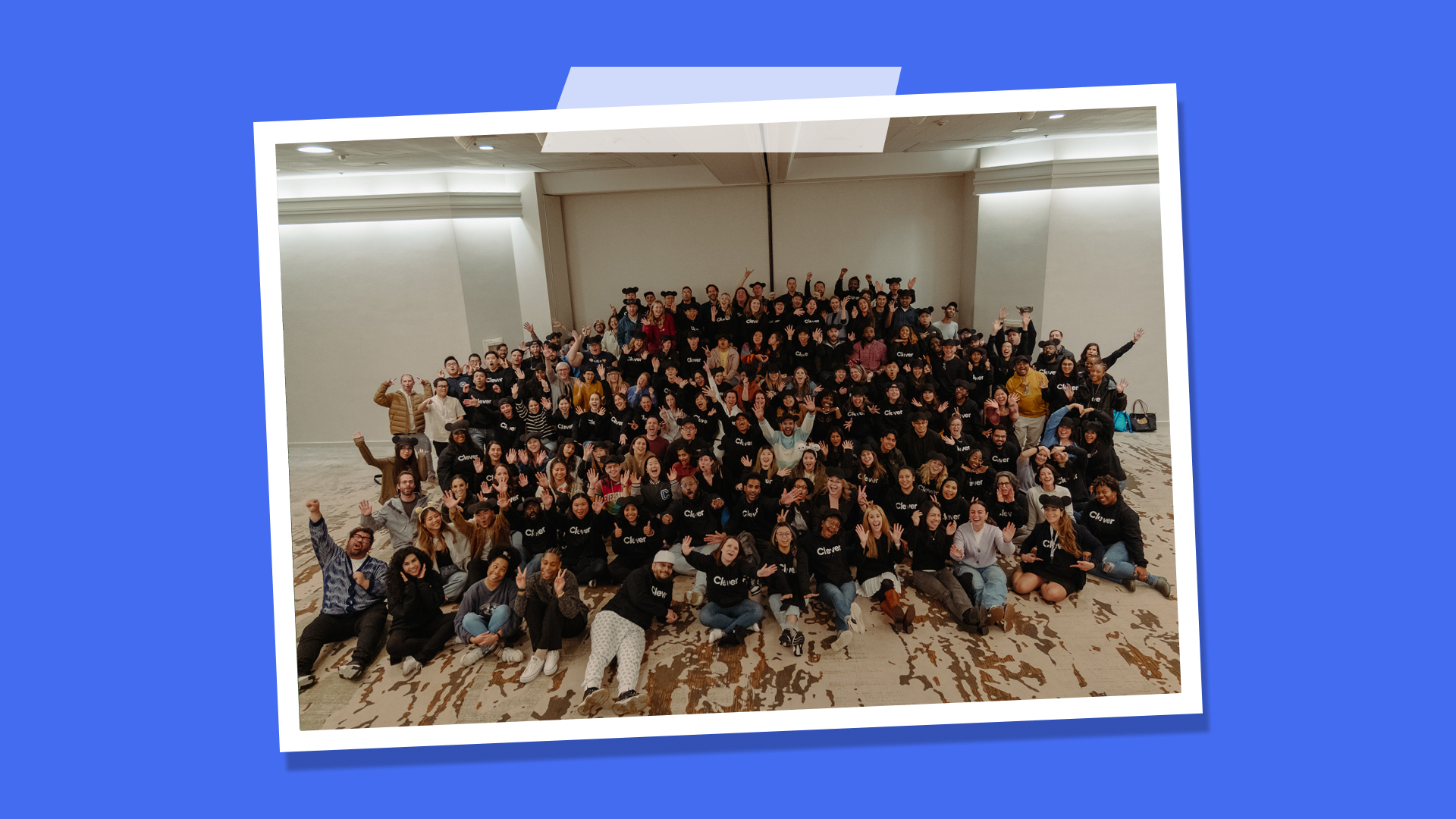SF Design Week: Designing for classrooms and beyond
Learning doesn’t just happen in the classroom. Designers working in K-12 education create experiences for diverse audiences and for different contexts. How do they do it? Read on to learn how design leaders in the edtech community design for the classroom.
Students get really excited when interacting with fun math games or reading tools. And as a designer, educational software can also be fun to create. For SF Design Week, we invited four designers who work on leading learning tools like ST Math and Newsela to discuss their philosophies and challenges when building an experience to be used in classrooms and beyond.
Design games the way brains work
Nina Wu designs math games at MIND Research Institute, widely known for its visual math programs called ST Math. This learning game is also known for its friendly penguin, Jiji, that appears in every lesson.
When watching the game, did you notice this ST Math has no written instructions? This isn’t a mistake, it’s intentional. Why?
Nina explains that leaving instructions out of a math game reflects real-life experiences. It prepares children for entering a world of scenarios with no instructions. Instead, children test out how to move Jiji forward (which is the end-goal of every ST Math game), and use informative feedback when the problem isn’t solved through their various attempts.
Watch Nina’s entire presentation here.
Think like teachers
If you try to build a cockpit without ever seeing an airplane, you’ll run into challenges. The same goes for designing tools for educators if you’re a designer who’s never taught a class of inquisitive third graders.
Raphael Arar and the design team at Khan Academy addresses this gap in understanding by tapping into the experience of their colleagues with teaching backgrounds. From those collaborations emerged the Pedagogy Reading Group, where Khan Academy teammates share their classroom experiences with the entire company in hopes of developing user empathy and understanding.
Watch Raphael’s entire presentation here.
Apply teacher techniques
When Newsela’s Head of Product Design approaches a project, Polly Ng likes to take a 3-step approach inspired by many techniques used by the teachers she is designing for.
- Foster curiosity. Do this by creating time to think. Polly borrows the format of a Know, Want, Learn (KWL) chart used by many teachers. Designers can ask themselves, “What do I know?” What do I want to know? What have I learned?”
- Check for understanding. Polly adopted this teaching technique by cultivating quick feedback loops that enable her to iterate on designs.
- Design everything. When Polly realized that teachers use every inch in the classroom to create a dialogue with their students, “This was a wake-up call.” So, she began to click print on her projects more often, rearranging the room to bring attention to the work, and realized the potential of controlling the environment in which she was working in.
When Polly adopted teacher techniques, she discovered new ways to communicate with the larger team, work faster, save time, and surface new insights to leadership.
Watch Polly’s entire presentation here.
Study classrooms
When you’re designing tools to be used in classrooms, how do you design a tool that makes life easier for your users — teachers and students?
When product designer Mischelle Mulia set out to build products for Clever users, she found that speaking on the phone with teachers was not enough feedback to thoroughly inform her designers. So she spent a day sitting in the corner of a San Francisco fourth grade classroom to observe the physical space, how the teacher interacts with students, and activities that occur every day in class.

This opportunity provided Mischelle with invaluable insights that could inform product designs to empower Clever’s end users.
If this is a route you’re interested in exploring, consider Mischelle’s approach:
- Find your classroom. Or volunteer to be part of a classroom. The Inneract Project is an organization that teaches students how to design.
- Reach out to local schools. Do this through cold emails, word of mouth, or online groups that can connect you with the space you seek to observe.
- Ask for permission. When entering a classroom, ask for the ground rules and stick to them. If you have something specific in mind, ask for permission to do it. Make it very clear to the person who is allowing you that space what you intend to do with it.
- Prepare just one question. Teachers, or anyone working in schools really, don’t have time to answer all of your questions. So be intentional with the question you choose to ask, and how you plan on leveraging their precious time.
Learn about Mischelle’s process by watching her presentation from SF Design Week:
At Clever, we believe technology is a powerful lever to make education equitable for all and the fastest way to improve educational outcomes now. We’re excited to design and build products, like Badges and Portal, that save hours and hours of precious classroom time.
We go to work every day striving to improve education for millions of kids. Join us!

More to read

October 16, 2025
A Unified Future: Why a Single Identity Platform Is the Key to Secure and Scalable LearningStop managing complex K-12 security with patchwork fixes. Jamie Reffell, CPO at Clever explains how a unified identity platform is the future for secure, scalable learning and effortless edtech deployment.

December 17, 2024
Year in review: Inclusion and Belonging in 2024A snapshot of our learnings around inclusion and belonging for 2024 – our focuses, our progress, and where we need to improve.



















